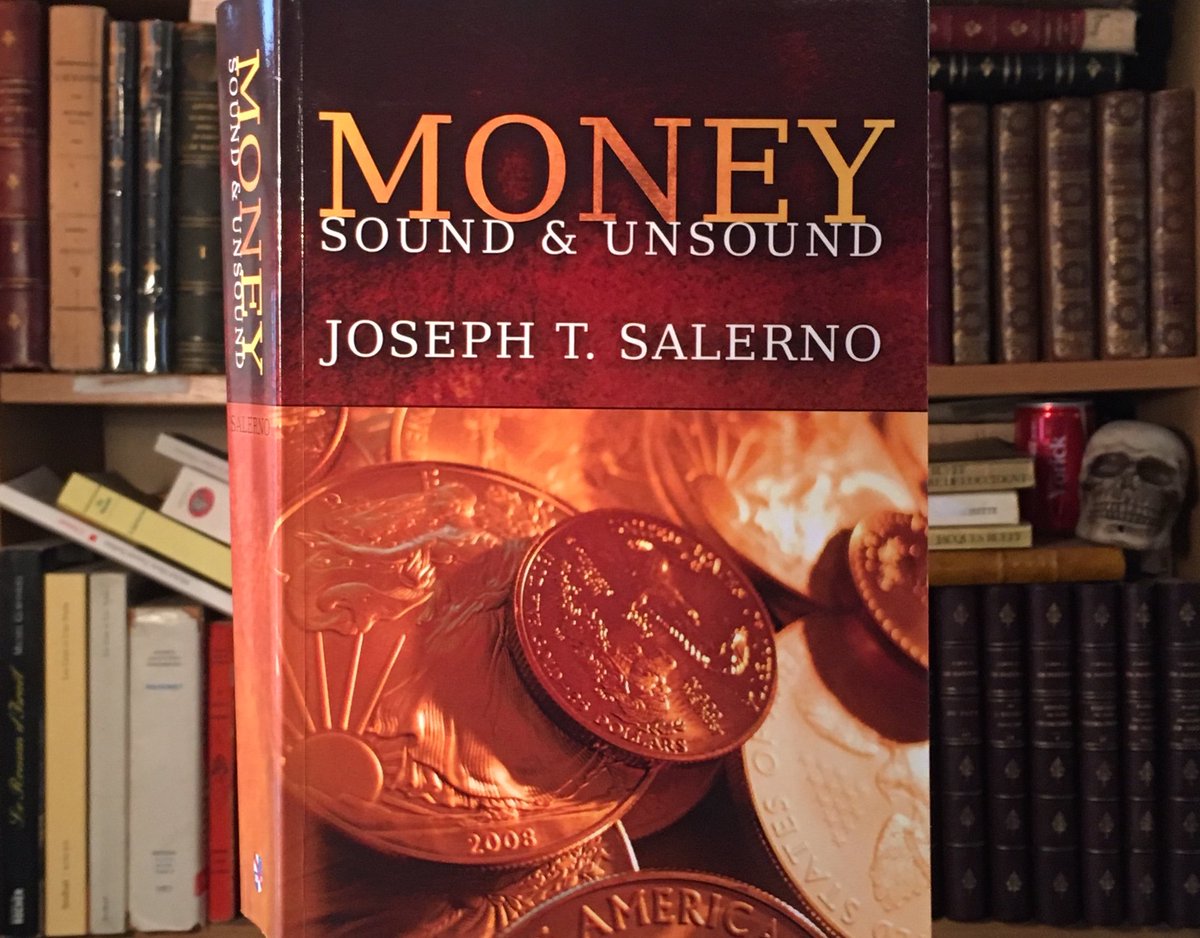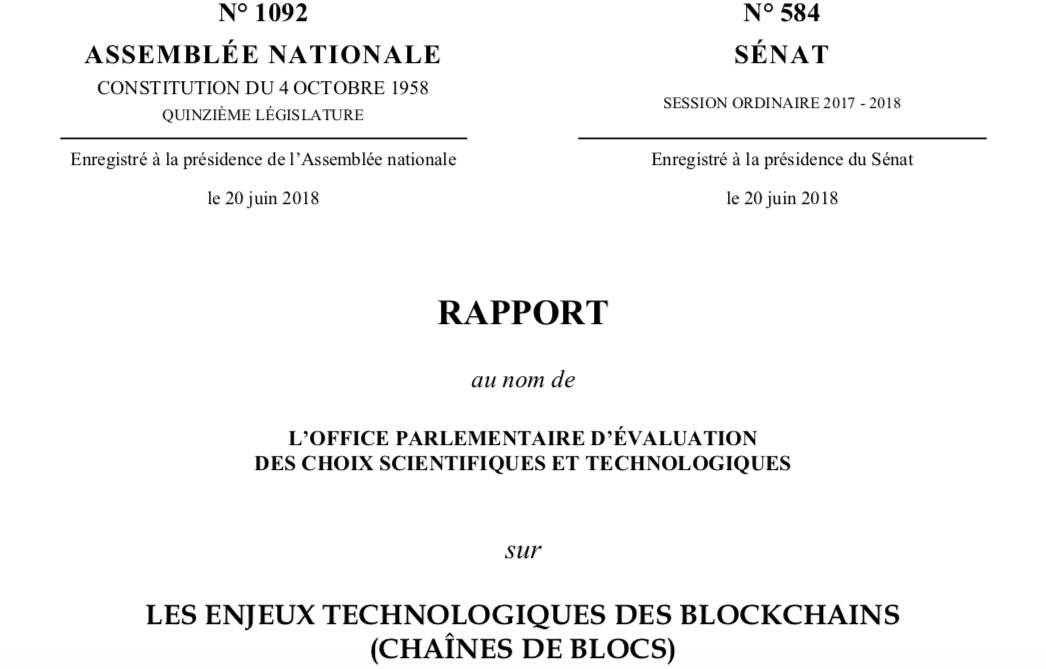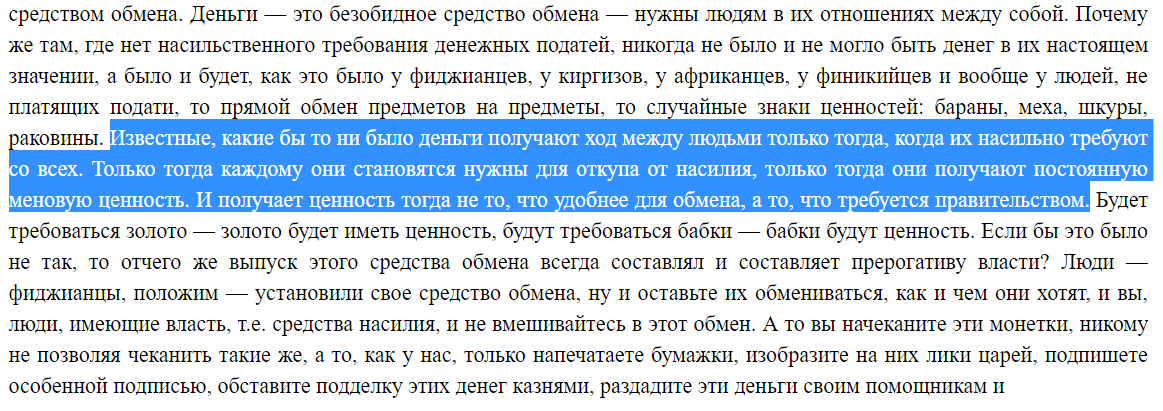@jtsale @mises #AustrianEconomics #SoundMoney

J.T.Salerno
J.T.Salerno
J.T.Salerno
J.T.Salerno
J.T.Salerno
J.T.Salerno
J.T.Salerno
J.T.Salerno
J.T.Salerno”
J.T.Salerno
J.T.Salerno
J.T.Salerno
J.T.Salerno
J.Salerno
J.T.Salerno
J.T.Salerno
J.T.Salerno
J.Salerno
J.Salerno
J.T.Salerno
J.T.Salerno
J.T.Salerno
J.T.Salerno
J.T.Salerno
J.T.Salerno
J.T.Salerno
J.T.Salerno
J.T.Salerno
J.T.Salerno
J.T.Salerno
J.T.Salerno
J.T.Salerno
J.T.Salerno
J.T.Salerno
J.T.Salerno
J.T.Salerno
J.T.Salerno
J.T.Salerno
J.T.Salerno
J.T.Salerno
J.T.S.
J.T.Salerno
J.T.Salerno
J.Salerno
J.T.Salerno
J.T.Salerno
J.T.Salerno
J.T.Salerno
J.T.Salerno
JT.S
J.T.Salerno
J.T.Salerno
J.T.Salerno
J.T.Salerno
J.T.Salerno
J.T.Salerno
J.T.Salerno
J.T.Salerno
J.T.Salerno
J.T.Salerno
J.T.Salerno
J.T.Salerno
J.T.Salerno
J.T.Salerno
J.T.Salerno
J.Salerno
J.T.Salerno
J.T.Salerno
J.T.Salerno
J.T.Salerno
J.T.Salerno
J.T.Salerno
J.T.Salerno
J.T.Salerno
J.T.Salerno
J.T.Salerno
J.T.Salerno
J.T.Salerno
J.T.Salerno
J.T.Salerno
J.T.Salerno
J.T.Salerno
JTS
J.T.Salerno
J.T.S
J.T.Salerno
JTS
J.T.Salerno
Free PDF : mises-media.s3.amazonaws.com/Money%2C%20Sou…
amazon.com/Money-Unsound-…












